Why Double Glazing is Essential for High-Performance Building Projects
Double glazing has become a standard in residential buildings due to its excellent insulation, soundproofing, securing,and energy-saving features.
1/6/20253 min read
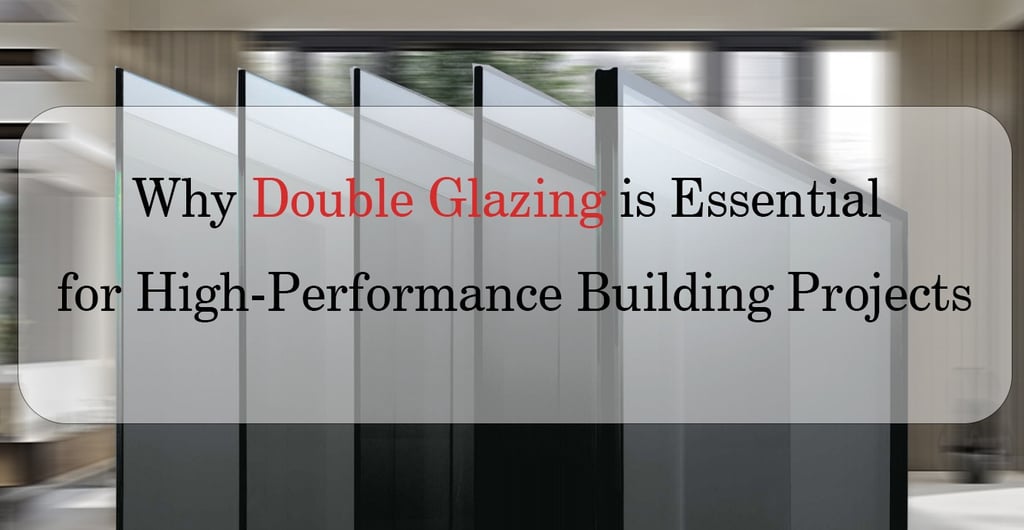

Why double glazing has become a standard in most residential building?
Double glazing has become a standard in residential buildings due to its excellent insulation, soundproofing, securing,and energy-saving features.The gas-filled layer between the panes reduces heat loss, improves energy efficiency, and lowers costs by keeping homes warm in winter and cool in summer. It also blocks external noise and enhances comfort.


What are the double glazing?
Structure of Double Glazing
For instance, a window's insulation properties can be enhanced by filling the space between panes with noble gases like argon or krypton. These gases are poor conductors of heat, making them ideal for use in double-glazed windows.
Double glazing consists of two glass panes separated by a vacuum or gas-filled space. This design creates an insulating barrier that improves the window's thermal and soundproofing performance.


Role of Noble Gases
Key Influencing Factors
Factors such as the distance between panes, pane thickness, and the type of filling between panes play important roles in determining the window’s overall performance.
Comparison of single glazing, double glazing, and triple glazing
Double Glazing
Single Glazing
Triple Glazing
Thermal Insulation
Single pane of glass, no insulation layer
Two panes of glass with a vacuum or gas-filled layer
Three panes of glass with two gas-filled layers
structure
Poor; heat escapes easily
Good; reduces heat loss significantly
Best insulation; ideal for extreme climates
Sound Insulation
Limited noise reduction
Effectively blocks external noise
Superior noise reduction; ideal for noisy areas
Security
Low durability; easily broken
More durable; some designs are shatter-resistant
Highest durability; suitable for high-security needs
Cost
Lowest cost
Moderate cost; good value for money
Highest cost but offers significant long-term savings
Environmental Impact
Higher energy waste; less eco-friendly
Reduces carbon emissions; eco-friendly
Lowest carbon footprint; most environmentally friendly option
GBA Glass Options System
Key Features
Energy Efficiency
Thermal insulation properties that meet global standards, significantly reducing heating and cooling costs.
Options for Low-E (Low-Emissivity) glass for optimal solar control.
Safety and Durability
Laminated glass for shatter resistance and enhanced security.
Tempered glass for strength and safety in high-impact areas.
Acoustic Performance
Double and triple glazing options designed to minimize external noise, ensuring a quiet and comfortable indoor environment.
Aesthetic Customization
A variety of finishes, tints, and patterns to match modern or traditional architectural styles.
Custom glass options for decorative purposes.
Eco-Friendly Solutions
Glazing options that lower carbon footprints and meet sustainable building standards.
The GBA Glass Options System offers a comprehensive selection of glass types tailored to meet diverse architectural and functional requirements. These options are designed to ensure performance, safety, and aesthetic excellence, making them ideal for various building projects.
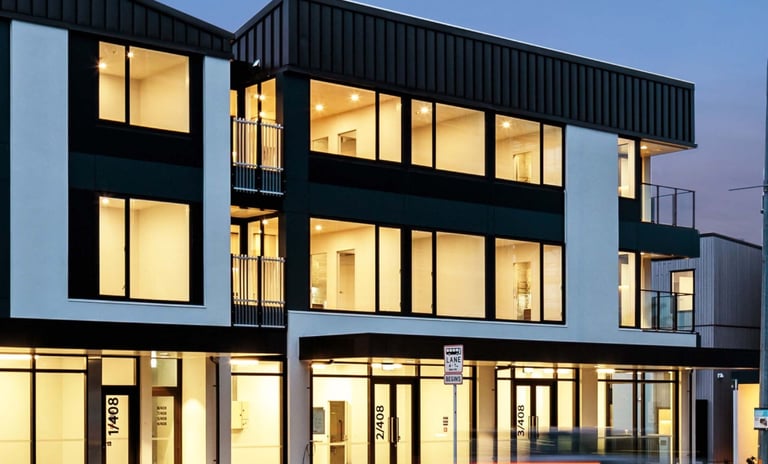

Clear Glass Provides maximum transparency and natural light transmission


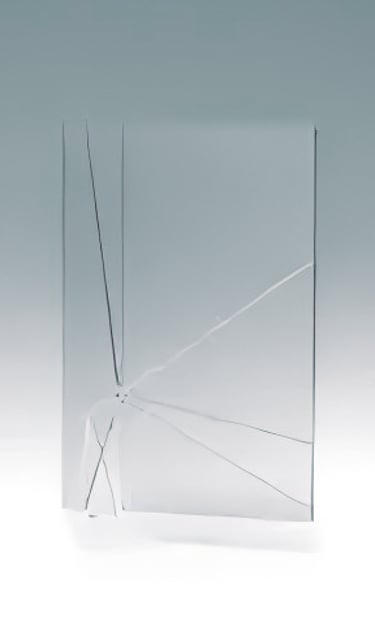
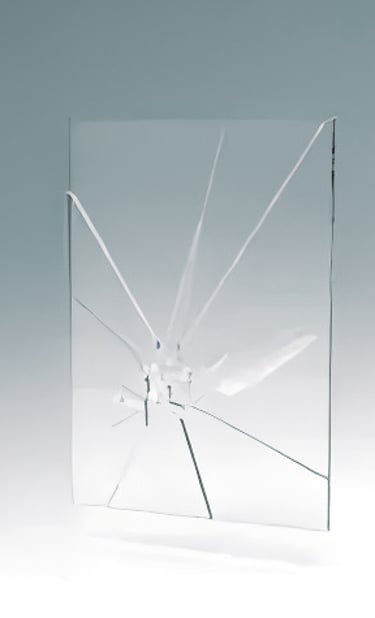




Glass Types
Low-E Glass Coated to reduce heat transfer while maintaining visibility.
Laminated Glass Two or more layers of glass bonded with a plastic layer for enhanced safety.
Insulated Glass Units (IGU) Double or triple glazed panels with air or gas-filled spaces for insulation.
Reflective Glass Minimizes heat while reflecting light; ideal for commercial buildings.
Reflective Glass Minimizes heat while reflecting light; ideal for commercial buildings.
Patterned Glass Decorative glass with textures or designs for aesthetic purposes.
IGU (Insulated Glass Unit) Combinations
Double and Triple Glazing:
By filling the space between glass layers with air or inert gases (such as argon, krypton, etc.), they provide excellent thermal insulation, reducing energy consumption in buildings, making them particularly suitable for residential and commercial projects.
Gas-Filled IGUs:
The space between the glass layers is filled with argon or krypton, gases that have low thermal conductivity. This significantly improves insulation, reduces heat loss, and enhances the energy efficiency of the windows.
Different Thickness and Spacer Combinations:
Based on the specific needs of each project, GBA provides various glass thicknesses and spacer combinations to meet the thermal, soundproofing, safety, and aesthetic requirements of the building.
To meet the performance requirements of different projects, Beatus offers a variety of IGU combinations to ensure the glass provides optimal thermal insulation, soundproofing, and safety. The IGU combinations include:
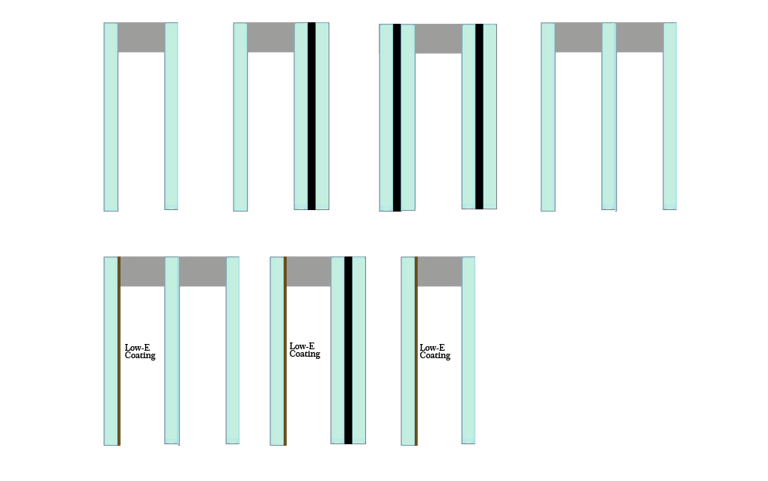

Innovation
quite
info@gbachasefacade.com
© 2024. All rights reserved.
window system
DOOR system
